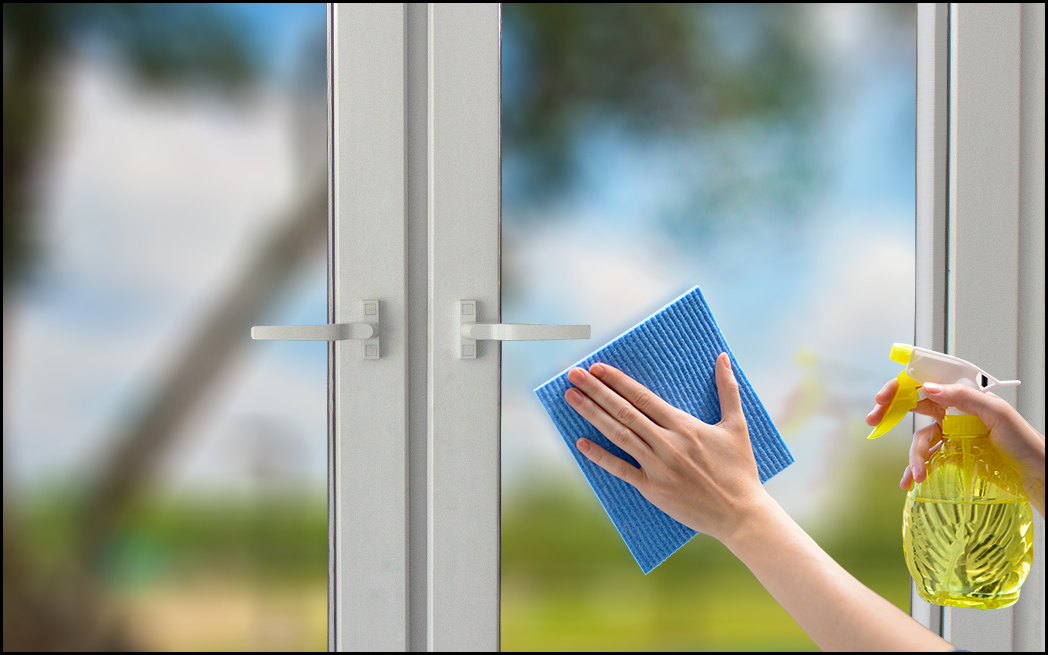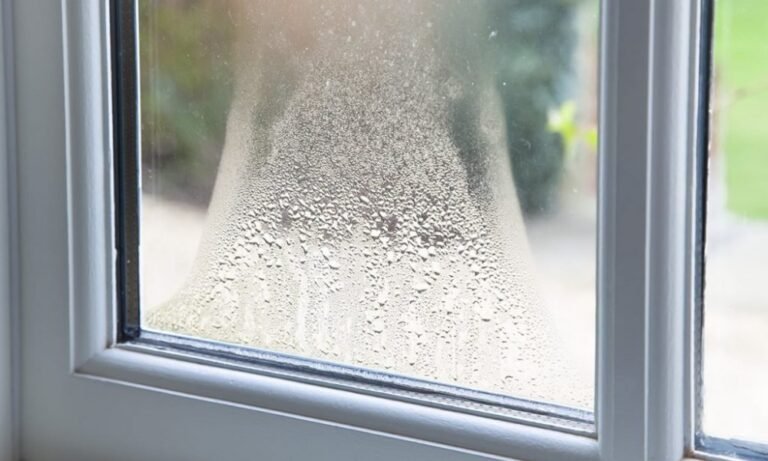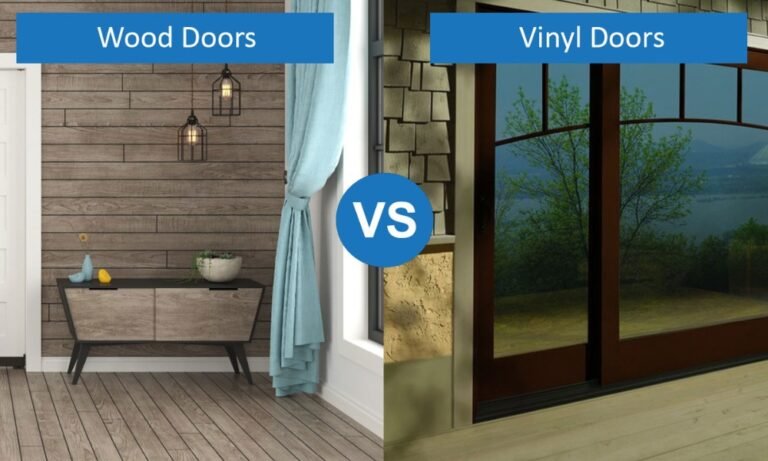Estimated reading time: 5 minutes
Windows and doors are more than just entryways and openings; they’re the guardians of your home’s comfort, security, and style. A little routine care goes a long way in keeping them functional and attractive. I’ve put together a guide to help you maximize their lifespan without over-complicating your routine.
What You’ll Learn
- Simple cleaning habits that protect your home’s investment.
- How to identify and fix early signs of wear.
- Why gentler cleaning products are better for upkeep.
- Proactive tips for preventing damage and boosting durability.
1. Keep Things Clean—The Right Way
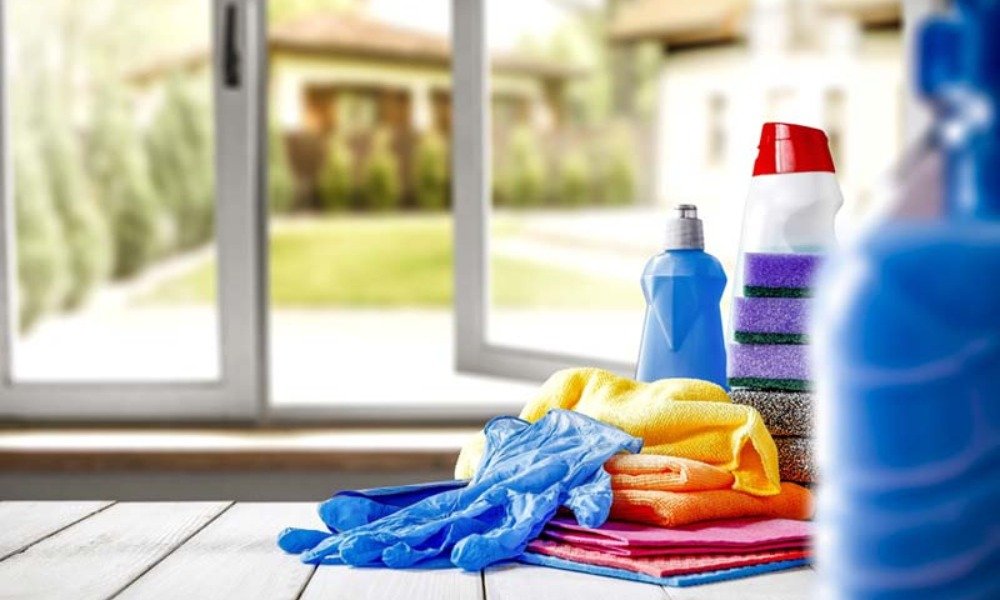
Cleaning is the first step in maintaining these essential features. It doesn’t have to be a chore, but doing it right makes a big difference.
Choose Soft Tools:
A sponge or microfiber cloth, paired with a mild soap solution, is ideal for glass and frames. Avoid abrasive scrubbing pads—they’ll leave scratches you can’t buff out.
Rinse Thoroughly:
Leftover soap attracts dirt, so be sure to rinse well with clean water.
Dry with Care:
Use a lint-free towel or cloth to dry surfaces completely, especially around the frames. This prevents water damage and keeps your view streak-free.
While cleaning, don’t just focus on appearances. It’s the perfect time to look for small cracks, corrosion, or other signs of damage. Catching issues early keeps them from snowballing into bigger problems.
2. Spot Early Wear and Tear
Even the best windows and doors face wear from daily use and changing weather. Here’s what I look for during inspections:
Drafts:
Feel for air movement near edges, which could signal failing seals or gaps in the frame.
Stiff Locks or Hinges:
Difficulty opening or closing is often a sign that lubrication is overdue.
Frame Issues:
Watch for warping, rotting, or rusting, especially in older installations.
Quick fixes, like replacing weatherstripping or tightening hardware, often solve the problem. For more serious issues, like a cracked pane or rotting wood, consider professional help. (Learn more about signs it’s time to replace your windows and doors.)
3. Use Gentle Products for Cleaning
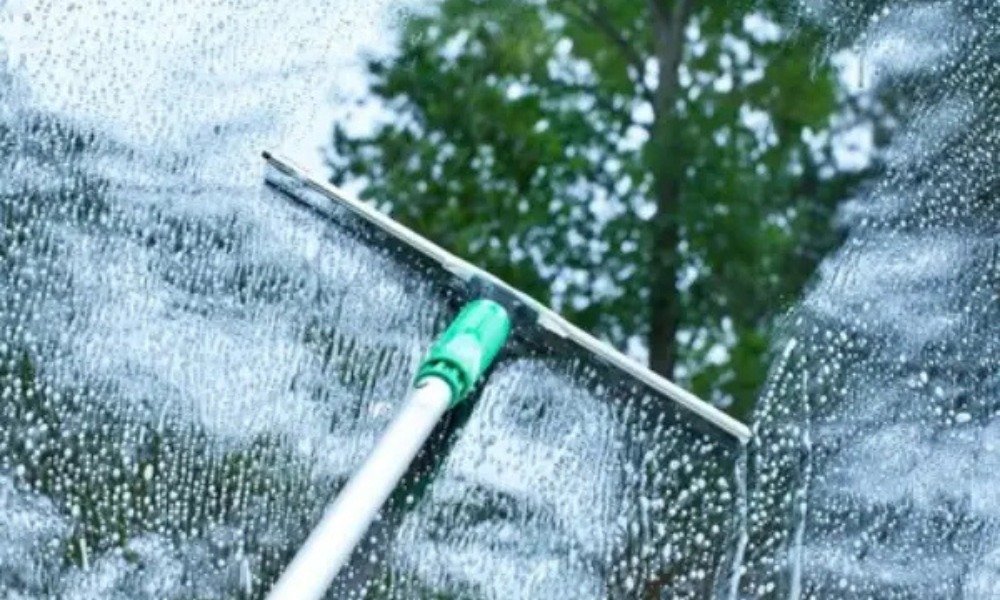
I’ll admit, it’s tempting to grab the strongest cleaner to tackle tough grime. But trust me, going harsh is not worth it. Strong chemicals can strip away finishes, corrode metal parts, or degrade seals.
Instead, stick to mild soaps or natural options like vinegar and water. For stubborn stains, baking soda is a great alternative—it’s tough on dirt but gentle on surfaces. These eco-friendly options also reduce your environmental impact.
4. Lubricate Moving Parts
Moving parts like hinges, tracks, and locks need a little TLC to stay functional. Without it, you might face squeaks, jams, or worse.
Apply Lubricant Regularly:
A silicone-based product works best for most moving components. A small application every six months keeps everything running smoothly.
Clean Tracks and Hinges:
Dirt and debris can accumulate in sliding tracks or hinge areas. A vacuum and a damp cloth can remove most of it before it causes wear.
5. Weatherproof for Every Season
Seasonal changes can take a toll on your windows and doors, but proper weatherproofing minimizes the impact.
Seal Gaps:
Inspect weatherstripping regularly and replace it if it’s worn or peeling. This small investment keeps drafts out and helps with energy efficiency.
Stormproof Frames:
For regions prone to heavy storms, consider reinforcing frames or adding storm shutters for extra protection.
Want to dive deeper into prepping your home for different seasons? Check out how to weatherproof your windows and doors.
6. Invest in Regular Inspections
Here’s a little secret: professional inspections aren’t just for major problems. A trained eye can spot minor issues you might miss, saving you money in the long run.
When to Call a Pro:
If you notice significant damage like shattered glass or extensive frame warping, it’s time to bring in an expert.
Energy Efficiency Check:
Professionals can also test for heat or air loss, helping you improve your home’s energy efficiency.
Considering replacement? Explore cost vs. value for window upgrades to decide if it’s worth the investment.
7. Seasonal Maintenance Checklist
I like to divide my maintenance routine by season—it keeps me on track and ensures I cover all bases.
Spring and Summer:
Clean off pollen, check for UV damage, and ensure seals are intact.
Fall and Winter:
Clear debris, test for drafts, and address moisture issues like condensation or leaks.
By breaking tasks into seasonal chunks, the workload feels manageable, and nothing gets overlooked.
8. Prioritize Longevity with Smart Choices
Sometimes, maintenance isn’t just about fixing—it’s about preventing issues altogether. Here’s how I ensure lasting performance:
Upgrade Materials:
If you’re renovating, consider modern materials like vinyl for better durability and lower upkeep. Curious about options? Compare wood vs. vinyl doors.
Opt for Energy Efficiency:
Energy-efficient windows reduce wear from temperature fluctuations and lower your utility bills.
9. Handle Repairs Before They Escalate
Neglecting small issues only leads to bigger headaches. For example:
Foggy Glass:
This often means the seal has failed. Addressing it promptly can prevent full replacement.
Rotting Wood:
Wood decay spreads quickly, so repair or replace affected areas as soon as you spot them.
If you’re not sure where to start, check out common window replacement mistakes and how to avoid them.
10. A Final Word on Maintenance
Taking care of your windows and doors might not sound glamorous, but it’s one of the best investments you can make in your home. Clean regularly, fix problems early, and don’t hesitate to seek expert advice when needed.
With a little effort, you can keep these features functional, attractive, and energy-efficient for years to come.Want to learn more about your options? Explore sliding doors vs. French doors to find the perfect style for your home.
